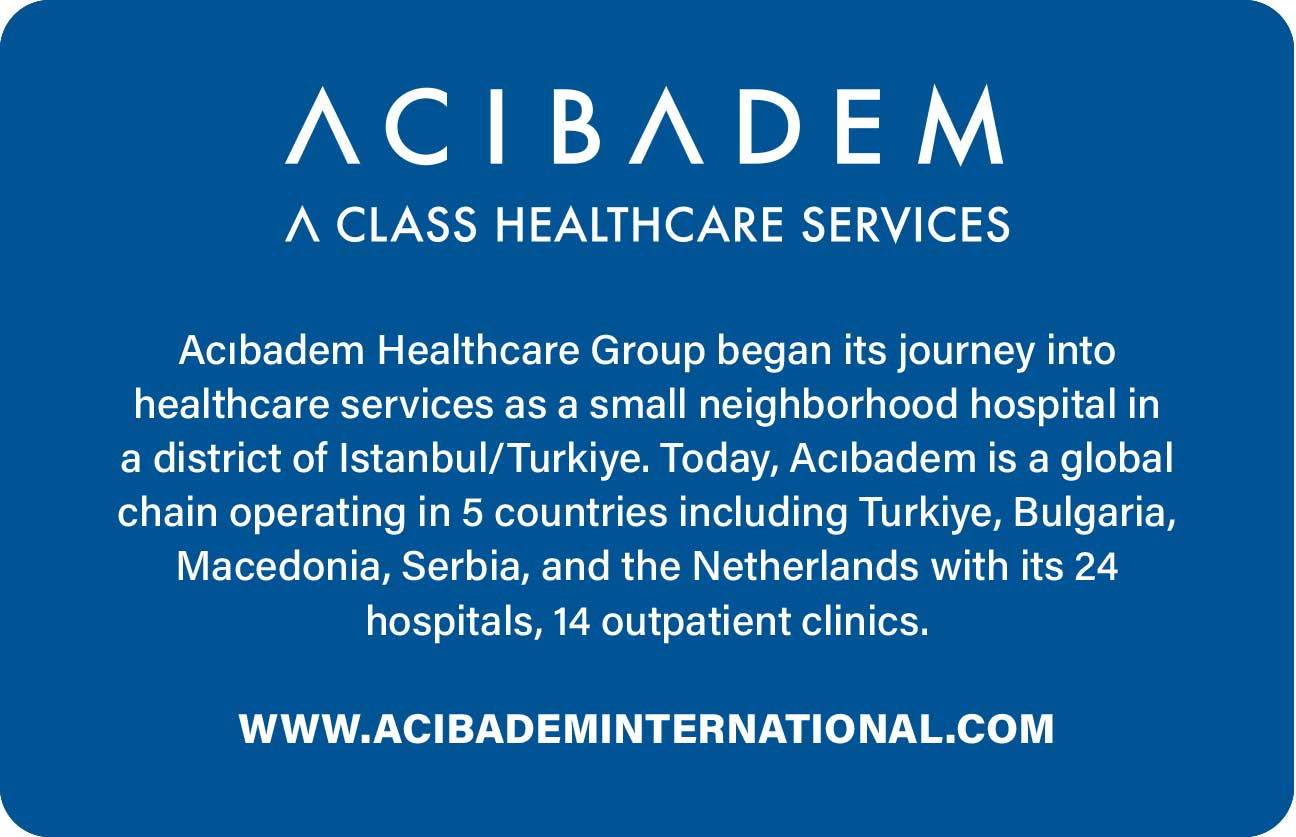
In 1991, UNICEF and WHO launched the Baby-Friendly Hospital Initiative to encourage health facilities worldwide to better support breastfeeding. The core purpose of the BFHI is to ensure that mothers and newborns receive timely and appropriate care before and during their stay in a facility providing maternity and newborn services, to enable the establishment of optimal feeding of newborns, which promotes their health and development.
The Baby-Friendly Hospital Initiative aims to protect, promote and support breastfeeding practices in healthcare facilities providing maternity and newborn services, while enabling timely and appropriate care and feeding of newborns who are not breastfed.
The baby-friendly hospital certification process includes several stages. First, the CEO of the hospital working towards baby friendly certification has to fill the BFHI registration form and send it to the unit of Mother, Child and School health at the MOPH.

Then, the hospital undergoes self-appraisal using the WHO self-appraisal tool. This tool is used to evaluate the hospital’s current application and practices of the ten steps to successful breastfeeding. This in turn will help in developing an action plan based on the results of the latter evaluation. Once the self-appraisal process is completed, an orientation visit to the candidate hospital is performed by the BFHI monitoring team to address the 10 steps criteria requiring additional work for the hospital to become baby friendly.
Framework and Objectives
The program aims to improve healthcare for children, their mothers and their families. It enables healthcare services to better support mothers and families to ensure that all newborns and infants get the best possible start in life. The Baby-Friendly Hospital Initiative also aims to protect, promote and support breastfeeding practices in healthcare facilities providing maternity and newborn services, while enabling timely and appropriate care and feeding of newborns who are not breastfed.
The six main objectives of the BFHI are to:
-
- Enable mothers to make an informed choice about how to feed their newborns.
- Support early initiation of breastfeeding.
- Promote exclusive breastfeeding for the first 6 months of life, and introduce nutritionally-adequate and safe complementary (solid) foods at 6 months while continuing breastfeeding up to 2 years of age or beyond.
- End distribution of free and low-cost supplies of breast-milk substitutes to maternity wards and hospitals.
- Help reduce the levels of infant morbidity and mortality.
- Increase the breastfeeding rates.

The candidate hospital must have fulfilled the following requirements, which include forming a multidisciplinary breastfeeding committee, assigning a breastfeeding coordinator, developing a breastfeeding policy that covers all the BFHI, developing a training plan for the clinical and non-clinical staff, in addition to developing a prenatal, perinatal and postnatal education plan as well as developing a data collection plan for documentation, auditing and evaluation of standards. All developed policies, plans and educational materials will be reviewed and approved by The BFHI monitoring team.

Ten steps to successful breastfeeding
Critical Management Procedures:
-
- Comply fully with the International Code of Marketing of Breast-milk Substitutes and relevant World Health Assembly resolutions. Have a written infant feeding policy that is routinely communicated to staff and parents. Establish ongoing monitoring and data-management systems.
- Ensure that staff have sufficient knowledge, competence and skills to support breastfeeding.
Key Clinical Practices:
-
- Discuss the importance and management of breastfeeding with pregnant women and their families.
- Facilitate immediate and uninterrupted skin-to-skin contact and support mothers to initiate breastfeeding as soon as possible after birth.
- Support mothers to initiate and maintain breastfeeding and manage common difficulties.
- Do not provide breastfed newborns any food or fluids other than breast milk, unless medically indicated.
- Enable mothers and their infants to remain together and to practice rooming-in 24 hours a day.
- Support mothers to recognize and respond to their infants’ cues for feeding.
- Counsel mothers on the use and risks of feeding bottles, teats and pacifiers.
- Coordinate discharge so that parents and their infants have timely access to ongoing support and care.
The implementation guidance for BFHI emphasizes strategies to scale up to universal coverage and ensure sustainability over time. The guidance focuses on integrating the program more fully in the healthcare system, to ensure that all facilities in a country implement the Ten Steps. A systematic review of 58 studies on maternity and newborn care published in 2016 demonstrated clearly that adherence to the Ten Steps impacts rates of breastfeeding (early initiation immediately after birth, exclusive breastfeeding and total duration of any breastfeeding).

Terms and Obligations
Hospitals wishing to become baby-friendly must adhere to the provisions of the laws approved in the country in which they operate, which are concerned with regulating the marketing of infant and newborn nutrition products. As well as applying all the provisions of the ten steps for child-friendly hospitals issued by the World Health Organization and UNICEF.
To become a designated Baby-Friendly Hospital, hospitals must ensure compliance with the laws in the country in which they operate for “organizing the marketing of infant and young child feeding products and tools. In addition, they should fulfill the requirements of the BFHI 10 steps that have been outlined by the WHO and UNICEF.

It is well known that the first few days of a newborn’s life are not only crucial for the baby, but also an important window for providing mothers with the support they need to successfully breastfeed. In this context, UNICEF and the World Health Organization launched the Baby-Friendly Hospitals Initiative to encourage health facilities around the world to better support breastfeeding. The first few days of a newborn’s life are not only critical for the child, but also an important window for providing mothers with the support they need to breastfeed successfully. UNICEF and WHO launched the Baby-Friendly Hospital Initiative to encourage health facilities worldwide to better support breastfeeding. The initiative developed the following Ten Steps to Successful Breastfeeding to promote optimal clinical care for new mothers and their infants. There is substantial evidence that implementing the Ten Steps significantly improves breastfeeding rates.
Upon successful completion of the Ten Steps by the candidate hospital, as per the accredited evaluator’s assessment, the hospital will be granted the BFH certification for a period of five years by the Ministry of Health.
Motherhood and children’s issues are no longer normal issues, as they were in previous eras. There are new concepts and modern methods that are adopted and developed in order to protect mothers and children alike. This is what prompted many hospitals to turn into baby-friendly hospitals, not only with regard to breastfeeding, which is considered fundamental, but also in various aspects that protect children and provide them with a healthier and safer life.














